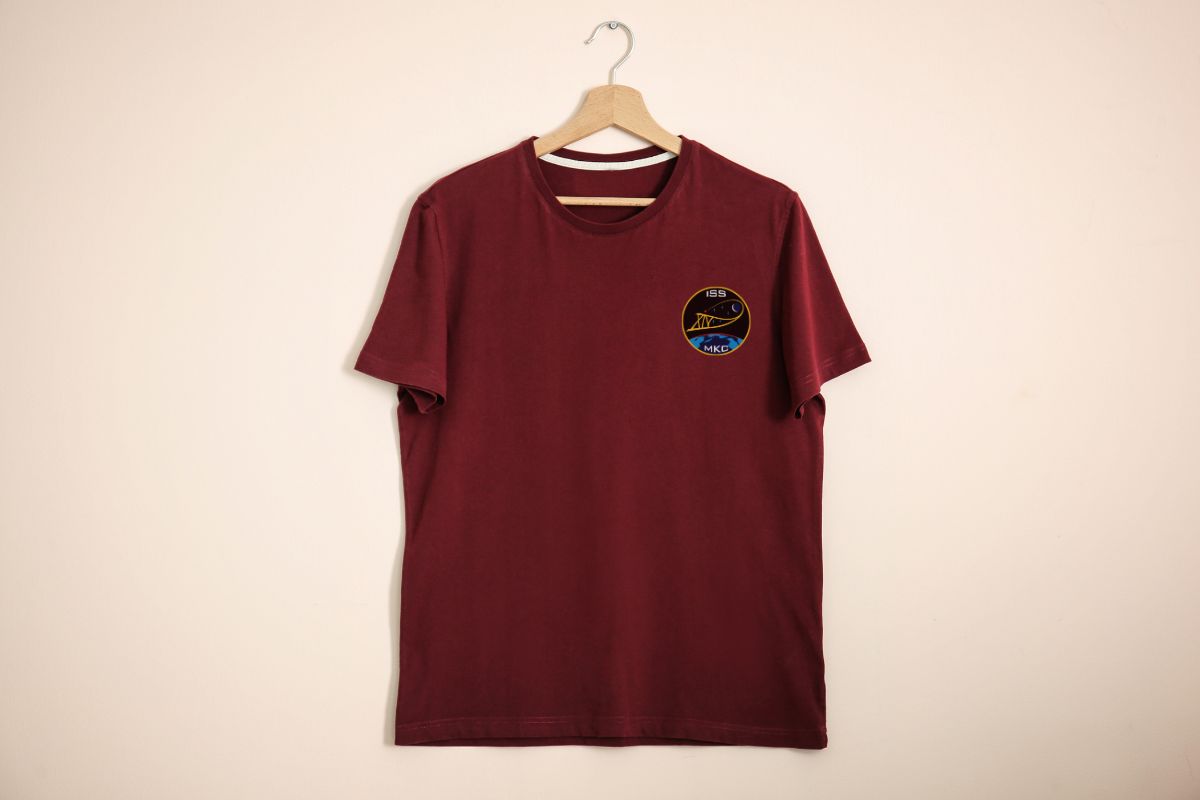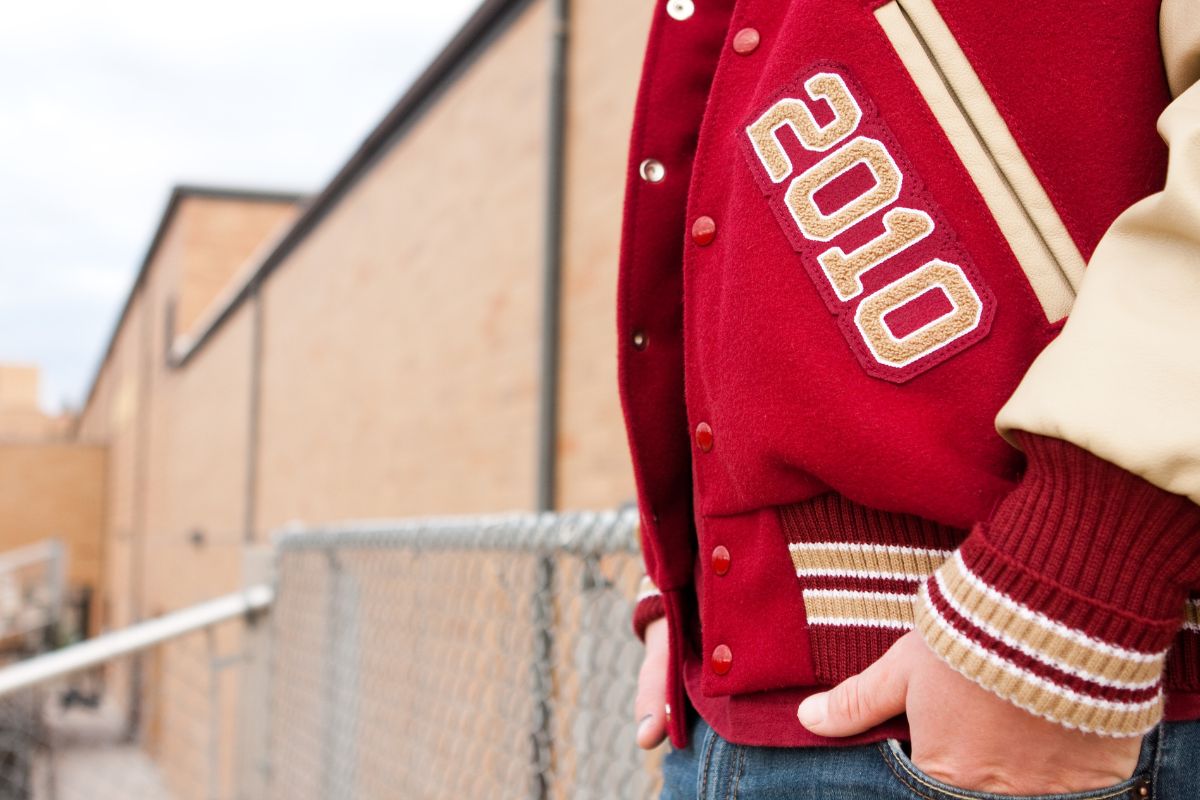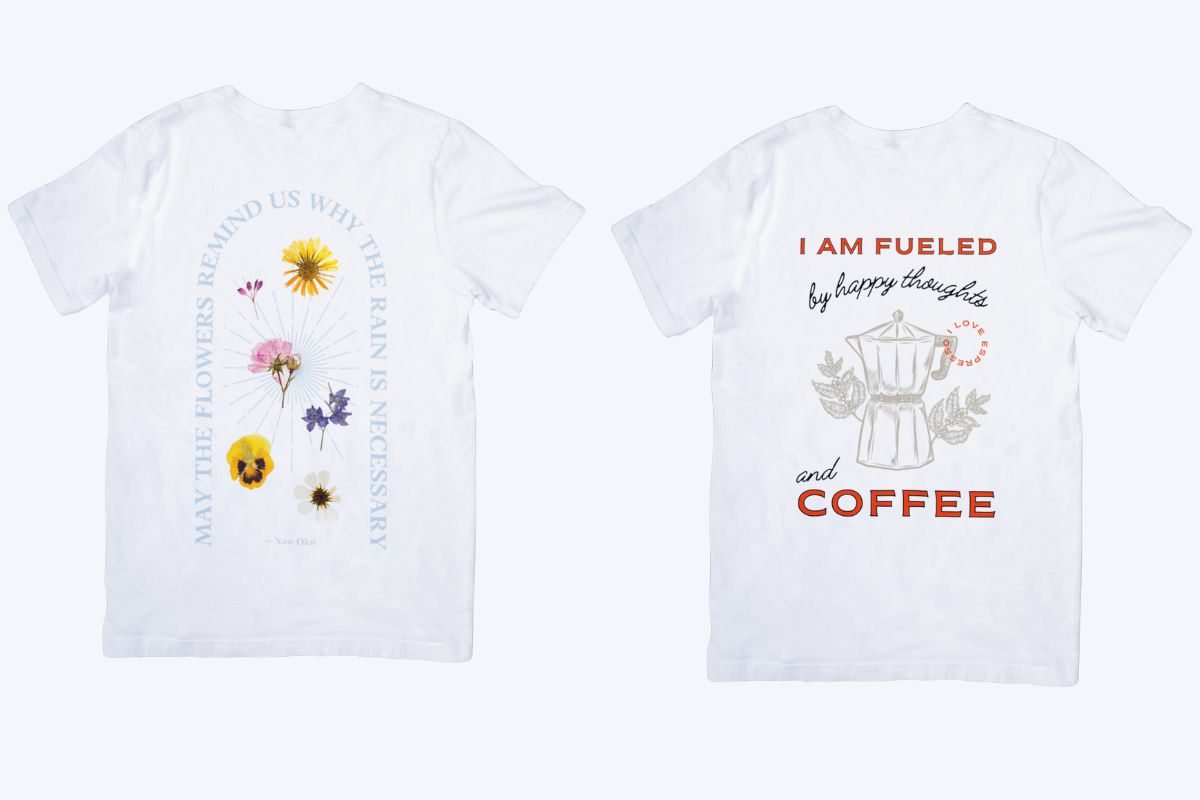When you consider putting a logo on a shirt for personal use, it’s crucial to understand the legal nuances that surround intellectual property. Logos are typically protected as trademarks, which means they are legally reserved for use by the owner to distinguish their products or services from others. If you’re looking to use a logo that isn’t yours, even if it’s just for a single shirt and not for sale, you must be wary of trademark infringement. This is an unauthorized use of a trademark or service mark on merchandise that could cause confusion about the source of the product.
Copyright law also comes into play when dealing with logos, as they may include unique graphic designs or artwork. While copyright protects the original works of authorship, including artistic creations, it doesn’t usually prevent you from making a one-off shirt for personal use. However, consideration and respect for copyright and the related rights of creators and intellectual property holders are important. To legally use a copyrighted logo on a shirt, ideally, you should seek permission from the copyright holder or consider purchasing a license for the design.
In summary, while personal use is less likely to attract legal consequences than commercial use, it’s best to proceed with caution. You should ensure that any use of logos or copyrighted materials does not infringe upon the rights of the intellectual property holders. Understanding the distinction between private enjoyment and public infringement is key to respecting the laws designed to protect creative works and brands.
Understanding Copyright Basics
When you consider using a logo on a shirt for personal use, it’s imperative to understand the principles of copyright law to navigate potential legal pitfalls effectively.
Copyright Essentials
Copyright is a form of intellectual property protection granted by the law to the creator of original works of authorship. This includes a wide array of works such as literary, dramatic, musical, and artistic works. If you’re dealing with images, graphic designs, or logos, these too are protected under copyright laws once they are fixed in a tangible form of expression.
The key components of copyright include:
- The right to reproduce the work
- The right to create derivative works
- The right to distribute copies of the work to the public
- The right to perform the work publicly
- The right to display the work publicly
For you to use a logo, even for personal use, be mindful that copyright infringement could occur if you reproduce a copyrighted logo without permission. However, certain limitations such as fair use might apply in specific scenarios, such as for education or parody.
Different Types of Works
Copyright law doesn’t just protect one form of creativity but covers:
- Pictorial, Graphic, and Sculptural Works:
- This includes photographs, posters, and drawings, requiring attention if you’re reproducing a logo visually on a shirt.
- Audiovisual and Choreographic Works:
- Incorporates films and videos, along with dance, which aren’t typically pertinent to shirt designs but still fall under copyright.
- Sound Recordings and Architectural Works:
- Like music or building designs, which are less likely to be applied to a shirt but still vital to understand as part of copyright’s reach.
- Literary Works:
- Encompasses both text and computer software, meaning that slogans and phrases may also be subject to copyright protection.
If the work is not copyrighted, it may belong to the public domain, meaning it’s free for anyone to use. Works typically enter the public domain if the copyright expires, which is generally 70 years after the author’s death.
Keep in mind that a trademark is different from copyright and offers protection to words, phrases, symbols, and designs that identify goods and services like Nike’s “swoosh” or their slogan “Just Do It.” Using a trademarked logo without permission, even if it’s for personal use, can also result in legal issues.
Remember, this is simply a snapshot of the broader laws and principles that govern how copyrights function. Your needs will determine if and how you can use copyrighted material, and when in doubt, consult a professional or refer to the US Copyright Office for the most updated information on copyright rules.
Trademark Law and Brand Imagery
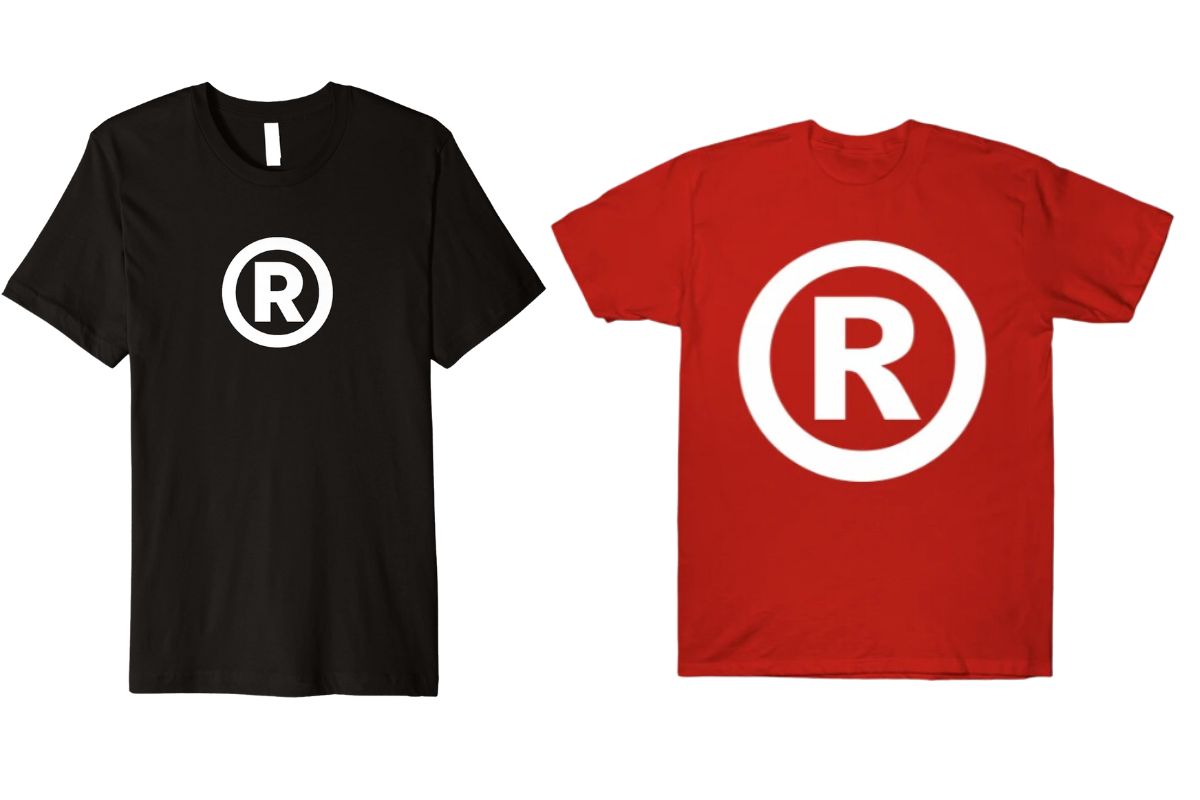
Understanding the boundaries of trademark law is crucial when considering placing a brand’s logo on a shirt for personal use. Your actions may have legal implications based on how trademark law protects the visual identity of a brand.
Trademark Fundamentals
Trademarks are legal tools that serve to identify and protect the brand identity of a business or individual. Trademarks encompass brand elements like logos, slogans, and other distinctive symbols. As the owner of a trademark, an entity has the exclusive right to use their trademark in commerce, particularly in association with the goods or services listed in their registration.
- Protected Elements:
- Logos: Distinct visual symbols of a brand.
- Slogans: Phrases associated with a brand’s message or products.
- Colors and Designs: Specific color schemes or patterns identified with a brand.
The target of trademark law is to avoid confusion among consumers, prevent dilution of brand identity, and protect the economic value tied to the trademark.
Logo Usage and Trademark Concerns
When you use a trademarked logo, this can raise concerns of infringement if it appears that you are either affiliated with or endorsed by the trademark owner or if you cause brand dilution. Even for personal use, displaying a trademarked logo on a shirt should be approached with caution.
Key Points for Personal Usage:
- Association and Implication: Avoid using logos in a way that implies an association with or endorsement from the trademark owner.
- Commercial vs. Personal: Determine whether your use is strictly personal or if it veers into commercial territory, which increases legal risks.
- Licensing: Consider obtaining permission or a license from the trademark owner; this is a surefire way to avoid legal trouble.
Entities such as professional sports teams, corporate associations, and colleges often strictly enforce their trademarks. Your actions should respect these rights and the value they represent to the trademark owners.
Personal Use and Copyrighted Logos

When you consider using copyrighted logos on t-shirts for your own use, it’s essential to understand the distinction between personal and commercial use and the implications of copyright laws.
Rules for Personal Use
Copyrighted logos hold legal protection, and using them without permission can lead to copyright infringement complaints. However, for personal use, such as creating a t-shirt for yourself without any intent to sell, copyrighted material often falls under a different consideration. You need to conduct thorough research to ensure you are not violating any specific restrictions placed on the logo by the copyright owner.
Key points for personal use include:
- No Selling or Distribution: Your use should strictly be private, avoiding any form of commercial gain.
- One-Off Production: Typically, producing a single item for personal wear does not qualify as infringement.
- Acknowledgment of Artist: Show respect to the creator by acknowledging their work, even if it is for personal use.
Legality of Using Logos on Personal Items
Using logos on personal items like t-shirts can legally be a grey area. Legally, a logo can be protected by both copyright and trademark laws.
- Trademark Protection: If a logo is trademarked, which most are, it generally needs to be commercially used to infringe. Personal use usually does not qualify as such use.
- Copyright Protection: While a logo may also be protected by copyright, unless you are reproducing or distributing the logo in ways that could be competitive with the original copyrighted good, you may not be infringing on the copyright.
Remember:
- Always perform due diligence: check the background and licensing arrangement of logos you wish to use.
- Be cautious: even if your usage is private, be wary of public display or sharing of images with the logo that might imply endorsement.
In summary, using copyrighted logos on items for personal use requires careful navigation of copyright and trademark laws. The key is to ensure your use doesn’t cross over into commercial use, which could attract legal action from the copyright owner or those holding the trademark.
Practical Steps for Using Logos Legitimately

When you want to use a logo on a T-shirt, whether it’s a Disney character or a corporate brand, you must navigate copyright law carefully. The right approach can help protect you from legal consequences such as being sued for infringement.
Seeking Permission and Licensing
Before printing any logo on a T-shirt for personal use, it’s critical to seek permission from the copyright owner. Here’s how you can proceed:
- Identify the owner: Use resources like Google to find out who owns the logo.
- Request permission: Contact the owner directly. If it’s a large company like Disney, use the contact information on their official website.
- Understand the licensing agreement: If granted permission, there will likely be a legal document detailing how you can use the logo. Read this carefully.
Case Example: Disney Logos Disney is known for actively protecting its intellectual property. If you’re considering using a Disney character on a T-shirt, you absolutely need express permission. Disney may provide licensing agreements, but they often include specific conditions reflecting their brand standards and image.
Finding Royalty-Free and Public Domain Images
Not all logos require permission to use. Here’s what you need to know about royalty-free and public domain images:
- Royalty-Free: Such images often require a one-time fee, after which you may use the image with some limitations without paying royalties. Reliable sources include stock image websites like Adobe Stock.
Note: Royalty-Free does not mean free. It refers to not having to pay royalties after the initial purchase. - Public Domain: Images in the public domain have no copyright restrictions. You can find these on platforms like the U.S. National Archives or public domain-focused websites.
Table 1: Public Domain vs Royalty-Free Images
| Image Type | Copyright | Source Examples | Ideal For |
| Public Domain | None | Pixabay, NASA | Unrestricted Use |
| Royalty-Free | Limited | Shutterstock, iStock | Commercial Use with a Fee |
Key Resource Websites:
- Amazon for T-shirts
- Google for searching copyright owners and public domain images
Remember, even with royalty-free images, always review the licensing agreement, as there may be restrictions on modification, distribution, or how the image is displayed on merchandise like T-shirts. Failure to comply with these terms can lead to legal actions, despite the ‘free’ label.
Legal Consequences of Copyright Violation

When you consider using a logo on a shirt for personal use, it’s crucial to understand that unauthorized use could lead to serious legal consequences, including copyright complaints and potential litigation.
Understanding Legal Risks
Copyright protects original works of authorship that are fixed in a tangible form of expression, such as graphics on t-shirts. If you use a copyrighted logo without permission, you are at risk of copyright infringement. Here are specific risks you may face:
- Civil Penalties: You could be held liable for damages and profits lost by the original creator, which may result in paying a substantial amount.
- Criminal Charges: For willful infringement, you could face criminal charges, resulting in fines or even imprisonment.
Lawyers and legal experts strongly advise against using copyrighted material without authorization because of these risks. Even if your intention is not to sell the item, it’s possible that organizations representing copyright holders may still view it as infringement.
Dealing with Copyright Complaints
If you receive a DMCA notice or a complaint from a copyright owner:
- Immediate action: Take the complaint seriously and remove the material in question immediately to prevent further legal actions.
- Legal advice: Consult with a lawyer who specializes in copyright law to understand your specific situation and potential defenses.
- Settlement: You may have the opportunity to settle out of court, which could involve financial compensation and an agreement to cease use of the copyrighted material.
Ignoring copyright rules or complaints can exacerbate the situation, leading to more severe legal consequences.
Leveraging Copyright Exceptions for Personal Creativity
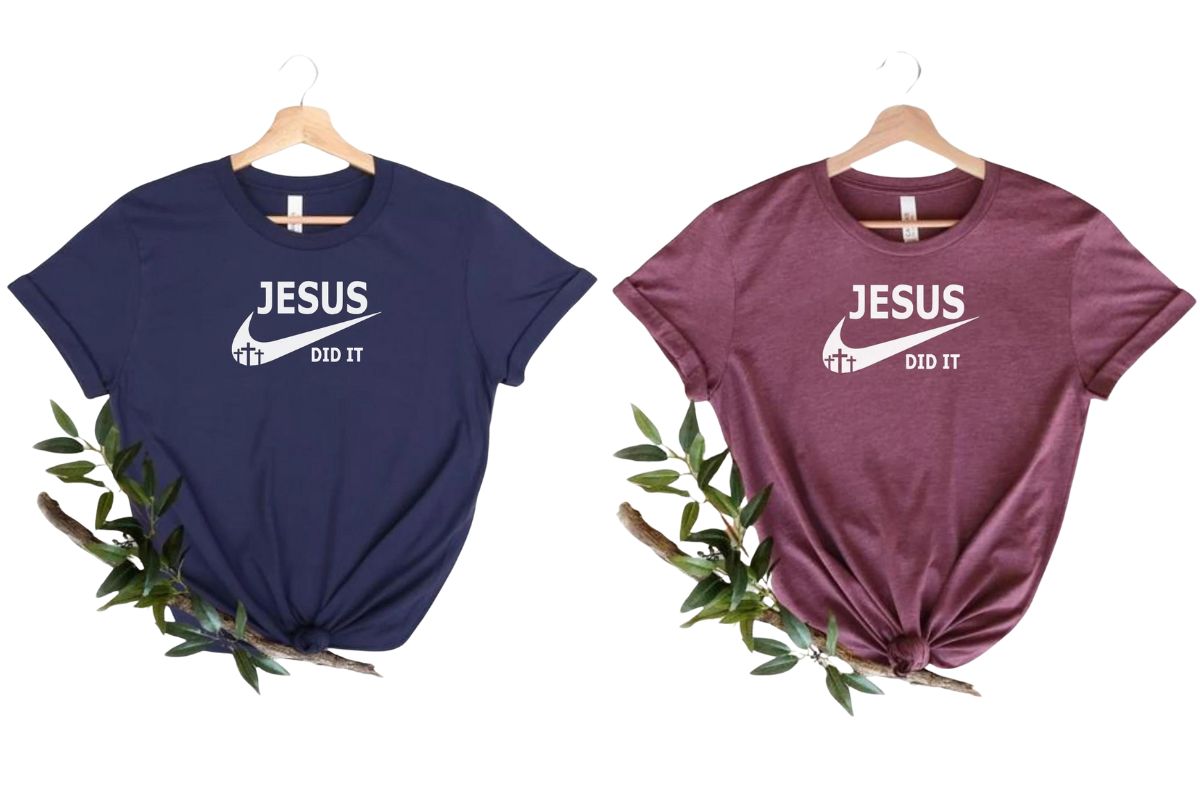
Copyright exceptions may enable you to use logos for your personal projects while respecting intellectual property rights. Understanding the fair use doctrine and its applications will empower you to navigate the boundaries of legal use with confidence.
Fair Use Doctrine Explained
Fair use is a critical exception in copyright law that may allow for the reproduction of copyrighted material without consent, under certain circumstances. Its parameters, which are often case-specific, include:
- Purpose and character of use: Non-commercial, transformative, or satirical uses have a higher chance of being considered fair use.
- Nature of the copyrighted work: Works in the public domain are not subject to copyright and can be used freely.
- Amount and substantiality: Limited, relevant excerpts are more likely to be treated as fair use than whole works.
- Effect upon the work’s value: Usage that does not negatively impact the market for the original work is more likely to be acceptable.
Commentary, Criticism, and Parody
Using copyrighted logos may fall under fair use when involved in criticism, comment, or parody. This includes:
- Creating a T-shirt with a logo to provide critique or commentary on the brand itself.
- Designing a satirical version of a logo, thereby transforming the original work and contributing to public discourse.
It is crucial to note that these uses should not be confused with endorsement or affiliation with the trademark holder.
Educational Use and Scholarly Commentary
When you leverage copyrighted material for non-commercial education or scholarship, your usage might be protected by fair use. This often covers:
- Use in classroom teaching or virtual education platforms.
- Incorporation into scholarly works that comment on or analyze the logo or the brand it represents.
Again, such uses should typically not interfere with the original work’s market and remain within scope of educational purposes.
Frequently Asked Questions
When customizing apparel for personal use with logos or images that you don’t own, it is essential to understand the legal boundaries to avoid infringement on intellectual property rights.
How can one legally use a trademarked logo on a shirt for non-commercial purposes?
You may use a trademarked logo on apparel for personal use if the usage is not commercial, which means you can’t sell or distribute the shirt. However, it’s best to secure permission from the trademark owner to avoid potential legal issues.
Are there any legal issues with printing a celebrity’s face on a t-shirt for my own use?
Using a celebrity’s likeness without their permission could violate their right of publicity, which controls the commercial use of their image. Even for personal use, this could potentially lead to legal issues, so obtaining consent is recommended.
What are the implications of using a college logo on apparel without commercial intent?
Colleges often fiercely protect their logos and trademarks. If you use a college logo without permission, even without intent to sell, it could be considered trademark infringement. To use it safely, seek authorization from the college’s licensing department.
How can I determine if an image is copyrighted before placing it on a shirt I own?
To determine if an image is copyrighted, you can check the copyright status on official databases, look for copyright notices, or contact the copyright holder. Copyright generally applies to creative works from the moment of creation, so assume the work is protected unless you find evidence that it’s in the public domain or under a permissive license.
What are the guidelines for using movie quotes on t-shirts for personal wear?
Using movie quotes on t-shirts for personal wear often falls under “fair use,” particularly if it is a single line and not the central essence of the movie. However, fair use is determined on a case-by-case basis, and using a quote could be risky if it’s central to the copyrighted work.
If a logo is copyrighted, may it be reproduced on personal garments without infringing on the rights of the copyright holder?
If a logo is copyrighted, you typically need the permission of the copyright holder to reproduce it on personal garments. Doing so without permission could be an infringement, even if you do not intend to sell the garment. It’s safer to obtain consent or use alternative designs that are not protected by copyright.

